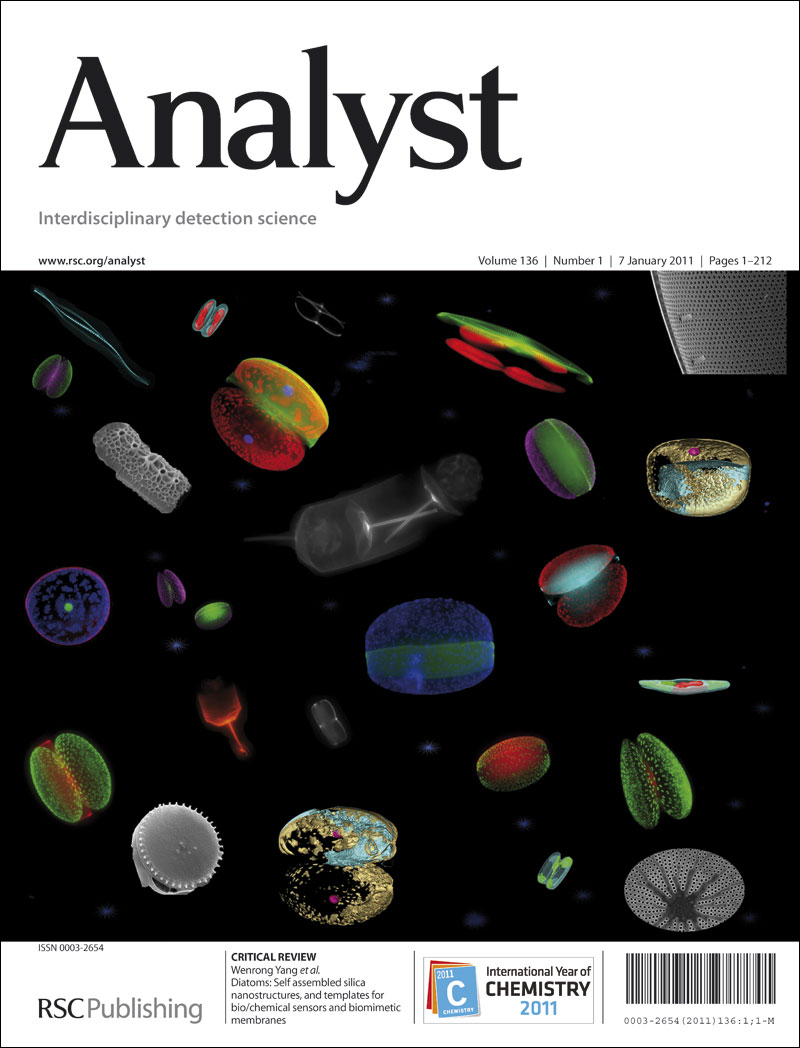High-Pressure ESI with High-Temperature Pre- and Post-ESI Heating for High-Throughput Analysis of Hydrothermal and Gas-Phase Thermal Effects on Analytes
IF 3.3
3区 化学
Q2 CHEMISTRY, ANALYTICAL
引用次数: 0
Abstract
We report a high-pressure electrospray ionization (ESI) source that incorporates a heated liquid transfer capillary, which functions as an online hydrothermal reactor, and a heated ion transport capillary for high-throughput analysis of heating effects on analytes and on-demand thermal dissociation. Both capillaries are resistively heated to elevated temperatures. The heated liquid transfer capillary is connected to the high-pressure ESI via a flow restrictor, and the back pressure provided by the flow restrictor, combined with the high-pressure operation of the ESI source, allows the liquid to be heated to 300 ℃ without boiling before being cooled to < 150 ℃ at the ESI emitter. The generated ions and charged droplets then pass through the ion transport capillary, which can be held at 20 ~ 400 ℃ before being released into the atmospheric pressure ambient for subsequent sampling by the mass spectrometer. The system has been applied to the hydrothermal acceleration of Asp-selective cleavage in ubiquitin, Pro-Pro bond-selective cleavage in bradykinin, and the formation of dipeptides of Gly-Gly and Ala-Ala from glycine and alanine. Post-ESI heating of the charged droplets and ions did not produce similar hydrothermal reactions; instead, it resulted in gas-phase thermal dissociation that differs from liquid-phase activation. The combination of liquid-phase and gas-phase activations can be used to tune the level of fragmentation and increase the abundance of fragments for tandem mass spectrometry, providing a potential tool for top-down proteomics.高压ESI与高温ESI前后加热用于高通量分析水热和气相热效应
我们报道了一种高压电喷雾电离(ESI)源,它包括一个加热液体传递毛细管,作为一个在线热液反应器,和一个加热离子传输毛细管,用于高通量分析对分析物的加热效应和按需热解离。两根毛细血管都被电阻加热到高温。加热后的液体输送毛细管通过限流器与高压ESI相连,限流器提供的背压结合ESI源的高压操作,使液体在不沸腾的情况下被加热到300℃,然后在ESI发射器处冷却到150℃。生成的离子和带电液滴通过离子输送毛细管,保持在20 ~ 400℃,然后释放到大气压环境中,供质谱仪后续取样。该系统已应用于水热加速泛素的asp选择性裂解,缓激肽的Pro-Pro键选择性裂解,以及甘氨酸和丙氨酸形成Gly-Gly和Ala-Ala二肽。esi后加热的带电液滴和离子没有产生类似的水热反应;相反,它导致气相热解离,不同于液相活化。液相和气相激活的结合可用于调整片段水平并增加串联质谱的片段丰度,为自上而下的蛋白质组学提供了潜在的工具。
本文章由计算机程序翻译,如有差异,请以英文原文为准。
求助全文
约1分钟内获得全文
求助全文
来源期刊

Analyst
化学-分析化学
CiteScore
7.80
自引率
4.80%
发文量
636
审稿时长
1.9 months
期刊介绍:
"Analyst" journal is the home of premier fundamental discoveries, inventions and applications in the analytical and bioanalytical sciences.
 求助内容:
求助内容: 应助结果提醒方式:
应助结果提醒方式:


